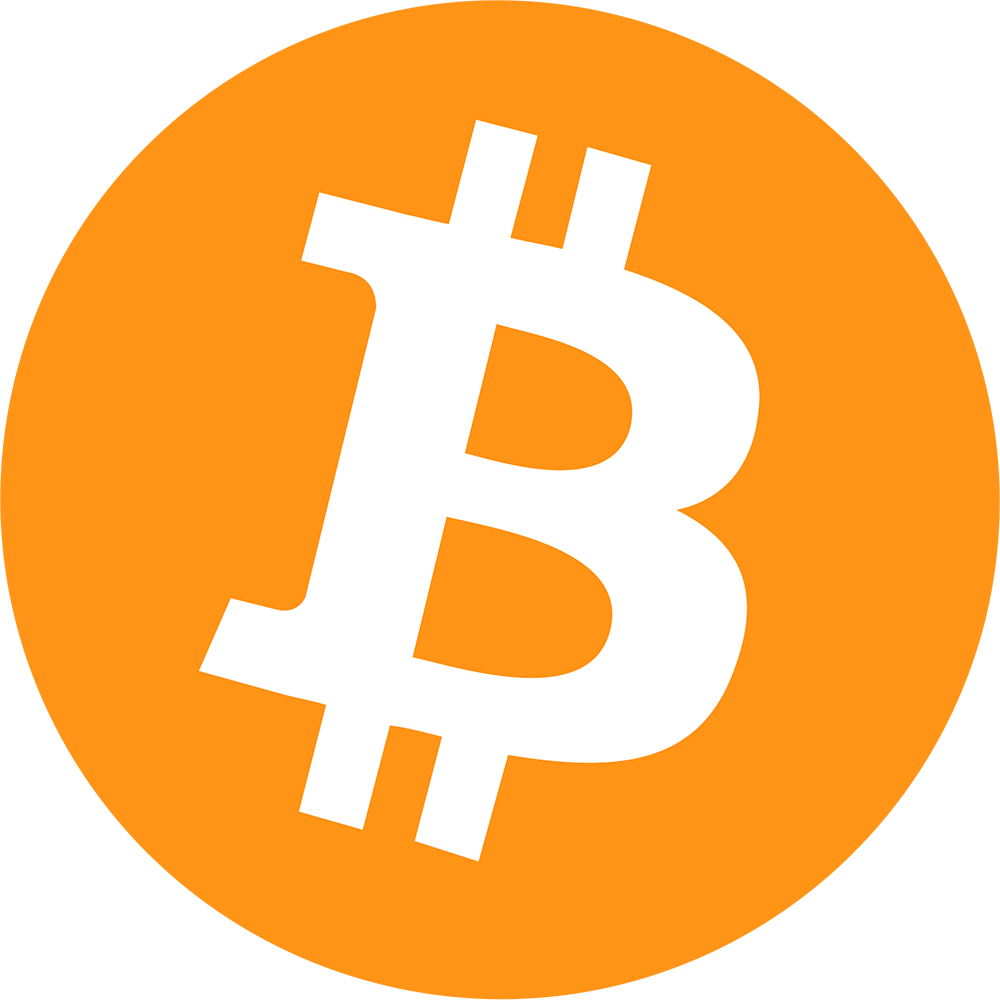
Last week the total cryptocurrency market capitalization plunged below $1 trillion for the first time after January 2021 as bearish sentiment affected the trading of almost every major cryptocurrency. Towards the end of the week the cryptocurrency market bled out a few more billions, reaching a total market capitalization of merely $840 billion before slowly recovering back to $940 billion at the end of Week 24. While Bitcoin and Ethereum usually outperform the market average in such conditions, both biggest cryptocurrencies were hit hard by the most recent bear market. Both BTC and ETH dipped below their psychological support levels of $20,000 and $1,000 respectively for a short time and they both incurred weekly losses of almost 30%.

3. WEMIX Token (WEMIX)
Wemix is a blockchain-based Global Gaming Platform developed by Wemade that aims to lead the GameFi revolution. Wemix platform that operates on the Klaytn network allows developers to deploy gaming dApps and supports their development by offering GameFi-specific features. For example, users or players can use wallets to trade both fungible and non-fungible tokens on the platform’s native marketplace. The project’s goal is to develop an exceptional blockchain gaming ecosystem capable of hosting the decentralized games of tomorrow.
Mainnet upgrade and stablecoin announcement make WEMIX more resilient in the current bear market
The price of the WEMIX token has been showing slightly more resiliency than most digital assets during the ongoing bear market. The reason lies primarily in the planned transition to WEMIX3.0, which will include the launch of the WEMIX PLAY gaming platform (scheduled for July 1) and the launch of a new mainnet (scheduled for August 1). In addition, the project plans to onboard various DeFi services including DEXs and lending protocols in Q3 2022. The announced launch of the 100% collateralized stablecoin slated for Q3 2022 has also garnered a lot of attention. You can find more information in the official WEMIX3.0 global showcase:
In addition to the developments on the technical front, the Wemix team is also putting in a lot of effort to ensure that the platform’s adoption rates do not start stalling. In the last month alone, multiple games including Crypto Ball Z, SpoLive sports prediction game, Four Gods and Every Farm, launched or announced their launch dates on Wemix. At the same time, WEMIX has signed a few strategic investment deals. The project has recently made an investment in Jadu, an U.S.-based augmented reality metaverse start-up, as well as became the leading investor of the Old Fashion Research (OFR) crypto fund.

2. Helium (HNT)
Helium is a project building a decentralized wireless internet infrastructure owned by the people and not telecom conglomerates. This is the reason why Helium’s slogan is “the People’s Network”. Anyone who wishes to contribute to a more connected future can join the decentralized machine network by setting up a wireless network in their city and operating a Helium Hotspot, for which the operators are rewarded in HNT tokens. The People’s Network utilizes two units of exchange: HNT and Data Credits and their circulating supply is determined based on a Burn-and-Mint Equilibrium token model. The Helium blockchain also relies on a special Proof-of-Coverage (PoC) algorithm to verify that Helium hotspots are located where their operators claim. There are currently over 828,000 Helium hotspots deployed worldwide.
The implementation of HIP51 will mark the beginning of Helium Chapter 2
The Helium community approved the Helium Improvement Proposal 51 (HIP51), which will enable wireless networks such as 5G, WiFi, and VPN to join the Helium ecosystem, boosting the coverage and overall value of the Helium network. In addition, Helium 5G Hotspot bundle owners will receive a reward in the form of MOBILE tokens for helping grow the Helium 5G network as part of the campaign called the “Cellular Summer”. In late summer – after the MOBILE Genesis phase, 5G Hotspot bundle owners will also start earning MOBILE based on the 5G proof-of-coverage process and Data Credits based on the data transferred by their hotspot. Existing LoRaWAN miners will begin earning a new token, called IOT.
While the Helium 5G network is currently limited to U.S., the developments around it and the HIP51 were enough to make HNT the most profitable coin to hold last week. While many major cryptocurrencies lost more than 30% of their value, HNT ended the week with an over 22% gain. In addition, almost 97% of the HNT holders that voted expressed support for HIP51 in the governance vote. With the implementation of HIP51 Helium is slated to become the network of networks and expand far beyond the original Internet of Things (IoT) use case, which is why the developers are saying that HIP51 is the beginning of the so-called Helium Chapter 2.

1. Bitcoin (BTC)
Although we believe Bitcoin does not need much introduction and that all eyes would be on it even if it were not featured on our list, here is a short summary of the history and key characteristics of the first truly decentralized digital currency. The world’s pioneer cryptocurrency was launched by pseudonymous figure named Satoshi Nakamoto in 2009 and has a capped supply of 21 million coins. The decreasing miner block rewards makes the cryptocurrency scarcer with time, ensuring a deflationary nature. Bitcoin is also often referred to as the barometer of the cryptocurrency market as other assets usually follow BTC’s price performance.
BTC trades below the 200-week SMA, which has historically been an important support level
Last week BTC dropped below the psychological support at $20,000. While $20,000 indeed acted as one of the major support levels as well, the BTC price plunged also through a historically much more important 200-week SMA (Simple Moving Average). Indeed, Bitcoin traded near the 200-week SMA only a few times in its history and it almost always bounced up from this notorious support line. But will BTC succeed to recover this time, too? The conditions are very challenging and the fact that the BTC exchange inflows reach the highest levels since 2018 are not giving Bitcoin believers much hope that $18,000 was the bottom. In addition, exchange inflows suggest that older coins are on the move, indicating that some of the long-term holders have also decided to sell their BTC. It could be due to the fact that Bitcoin is still considered a risk-on asset by most people, and many investors are lowering their risk tolerance in this uncertain times. Furthermore, the inflation for consumer prices is at a 40-year high, which is why the Federal Reserve decided to battle the raging prices by raising interest rates by a 0.75%. While both ETH and BTC experienced a short-lived rally following the interest rate hike announcement, the intensive sell pressure quickly returned to the market and dragged it even lower. To conclude, BTC is still the crypto sector’s barometer and its performance in these unprecedented conditions will very likely affect the broader cryptocurrency market. This alone is a good enough reason to follow BTC’s price movements closely.



